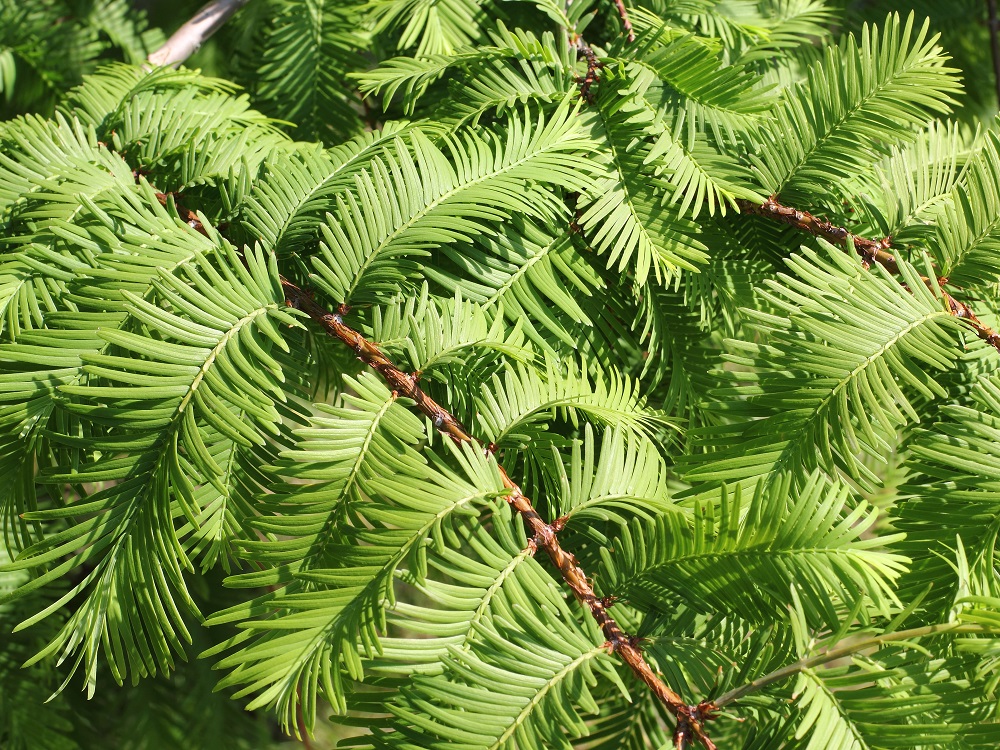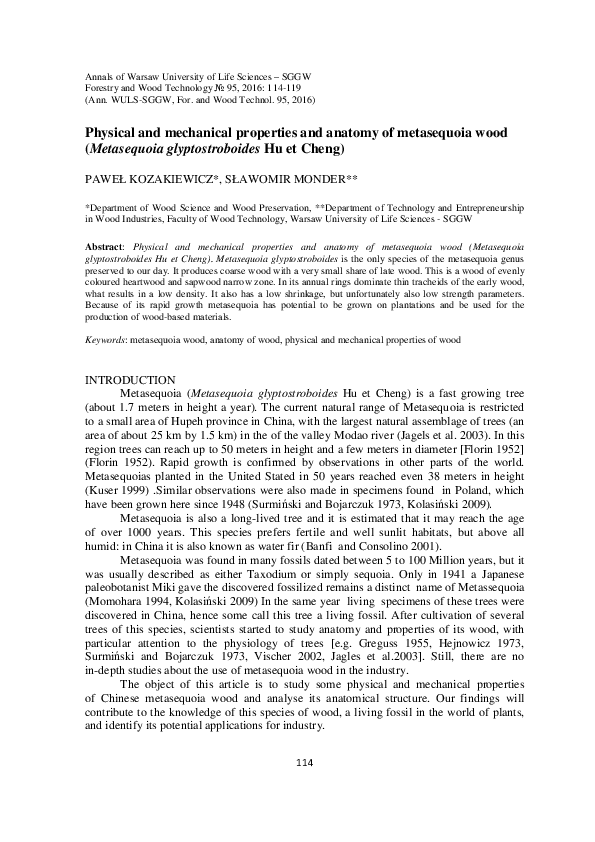
I have had certain metasequoias on the Preserve go from four to twenty feet in only three growing seasons! Optimal growth seems to be at a rate of up to seven feet per year phenomenal! Although a few ancient trees in China remain pyramidal in form, most - along with the aging specimens in the US - tend to take on a spreading shape, very much like the ancient baldcypresses in this country.

Once again, the “facts” seem to revolve around the observations of a few fifty-year-old trees in this country. The Type tree in Moudao, Lichuan, Hubei, China, has a spread of approximately 100 feet! Keep in mind that there are different cultivars however the tall tree in Lubeiba, Xiaohe, Lichuan, Hubei, although towering at approximately 130 feet, retains a densely pyramidal shape with a spread of around forty-five feet near the base.

As they age, metasequoias generally lose their conical shape and take on a rounded, and somewhat spreading, crown. Original shrine trees in China range from 115 - almost 130 feet tall and even taller specimens have been reported, soaring to over 160 feet! This is 2-3 times taller than the commonly-accepted height. Many dawn redwoods in this country that are less than fifty years old have already surpassed the 100-foot mark. I n regard to the above graph, let’s start at the top and work down: In the spring, the “dead” dawn redwood begins sending new leaders skyward from the stump of the cut-down tree, much to the amazement of the homeowners who never make the same mistake twice. S ince they shed their needles in the fall, many homeowners who have recently purchased a property on which a dawn redwood grows, have mistakenly cut the tree down over the winter months thinking it was dead. Interestingly, all three of the aforementioned deciduous conifers are also regenerative in the fact that if cut down, they will not die like a spruce or hemlock would, but will grow new leaders. L ike the baldcypress, the dawn redwood is a deciduous conifer that is, it sheds its needles for the winter months, just as a larch does. Not a cultivar of baldcypress! Believe it or not, I have read this claim in an encyclopedia: “Dawn redwood- A baldcypress with…” Dawn redwoods and baldcypresses, along with coastal and Sierra redwoods and many other species - a total of ten in all - are all members of the Redwood family, or The above graph is typical of information you will find on many dawn redwood sites, but is completely inaccurate in the majority of its “facts.” I will cover each item individually, and attempt to clear up many of the dawn redwood myths that have sprung up due to misinformation.į irst, let me state that the dawn redwood is

O ne of the founding objectives of CRDRP was to not only plant dawn redwoods, but to study them in a natural habitat as well.


 0 kommentar(er)
0 kommentar(er)
